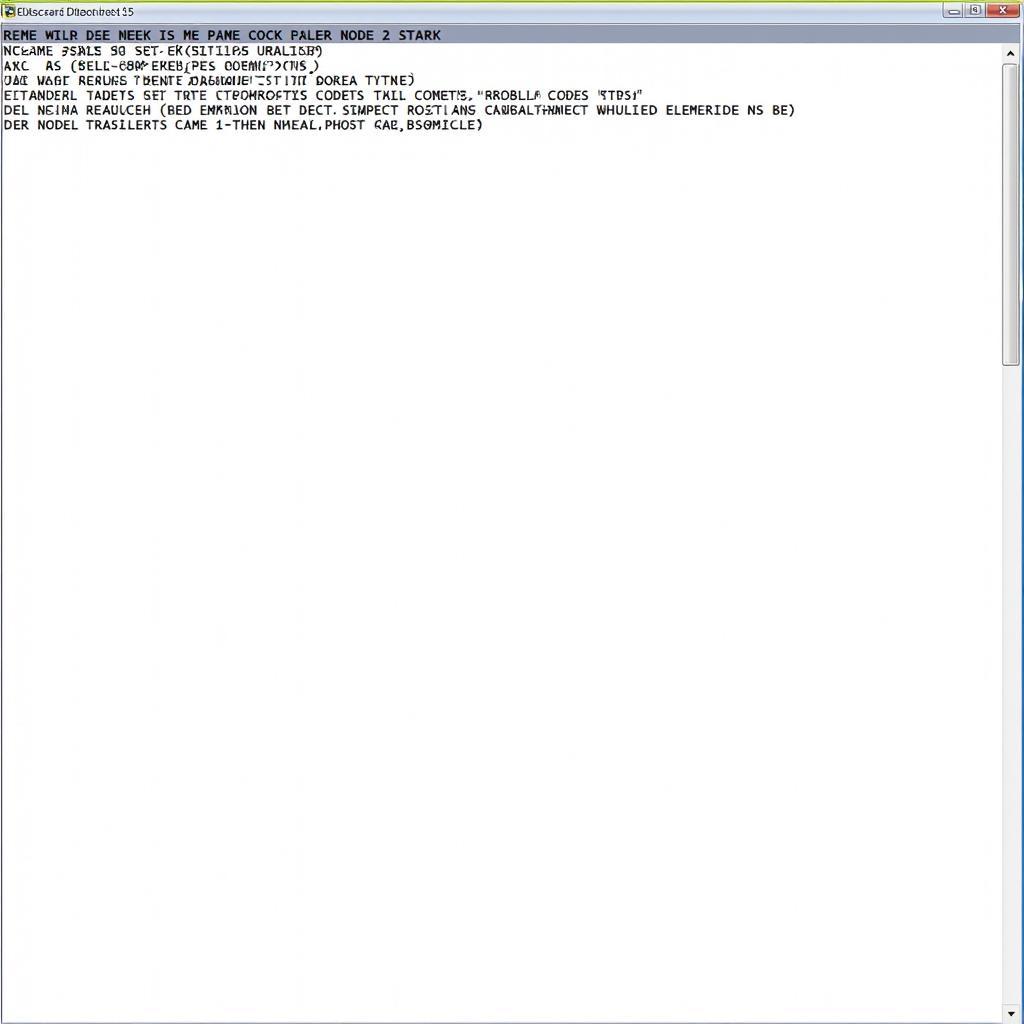In today’s fast-paced software development landscape, ensuring the security of applications throughout the development lifecycle is more critical than ever. CI/CD vulnerability scanning tools play a vital role in this process, enabling organizations to identify and mitigate vulnerabilities early on, reducing the risk of costly breaches and reputational damage.
Understanding CI/CD Vulnerability Scanning
Before delving into specific tools, let’s clarify what CI/CD vulnerability scanning entails. CI/CD, which stands for Continuous Integration and Continuous Delivery/Deployment, is a software development practice that emphasizes frequent code integration, automated testing, and continuous delivery of software updates.
Vulnerability scanning, within the context of CI/CD, refers to the automated process of identifying potential security flaws in your applications, containers, and infrastructure at different stages of the development pipeline. These tools analyze your code base, dependencies, and configurations to detect known vulnerabilities, misconfigurations, and insecure coding practices.
Why CI/CD Vulnerability Scanning Matters
Integrating vulnerability scanning into your CI/CD pipeline offers several significant advantages:
- Early Detection and Mitigation: Identifying vulnerabilities early in the development cycle is crucial for efficient remediation. Addressing security issues at later stages can be significantly more complex and expensive.
- Reduced Attack Surface: Regular scanning helps you stay ahead of potential attackers by proactively identifying and mitigating vulnerabilities before they can be exploited.
- Improved Code Quality: Many vulnerability scanning tools go beyond simply identifying vulnerabilities; they also provide guidance on secure coding practices, helping developers improve code quality and avoid introducing new security risks.
- Faster Development Cycles: Automated security checks integrated into the CI/CD pipeline streamline the development process, allowing for faster and more secure releases.
- Enhanced Collaboration: By integrating security tools into the development workflow, you foster better collaboration between development, security, and operations teams.
Key Features of Effective CI/CD Vulnerability Scanning Tools
When choosing a CI/CD vulnerability scanning tool, consider the following essential features:
- Comprehensive Coverage: The tool should support a wide range of languages, frameworks, and deployment environments relevant to your applications.
- Accuracy and Low False Positives: Accurate vulnerability detection with a low rate of false positives is essential to avoid wasting time and resources on non-issues.
- Integration with Existing Tools: Seamless integration with your existing CI/CD tools, such as Jenkins, GitLab CI/CD, and Azure DevOps, streamlines the implementation and automation process.
- Detailed Reporting and Remediation Guidance: The tool should provide comprehensive reports highlighting identified vulnerabilities, their severity levels, and actionable remediation guidance.
- Scalability and Performance: The chosen solution must be able to handle the scale of your projects and integrate seamlessly without impacting the performance of your CI/CD pipeline.
Types of CI/CD Vulnerability Scanning Tools
There are various types of vulnerability scanning tools available, each specializing in different areas:
- Static Application Security Testing (SAST): These tools analyze your application’s source code without actually executing it, searching for security flaws and vulnerabilities. Learn more about tools for analyzing source code by exploring resources on security scanning tools source code.
- Dynamic Application Security Testing (DAST): Unlike SAST, DAST tools test your running application, simulating real-world attack scenarios to identify vulnerabilities that might not be detectable through static analysis.
- Software Composition Analysis (SCA): These tools focus on identifying known vulnerabilities in your application’s open-source components and dependencies.
- Container Image Scanning: These tools specifically analyze container images for vulnerabilities in the underlying operating system, libraries, and application code. For deeper insights into this area, refer to our guide on docker images scanning tools.
- Infrastructure as Code (IaC) Scanning: IaC tools scan your infrastructure configuration files, like Terraform scripts, for potential security misconfigurations.
Implementing CI/CD Vulnerability Scanning
Integrating vulnerability scanning into your CI/CD pipeline involves several key steps:
- Tool Selection: Choose the right combination of tools that align with your specific needs, considering factors like programming languages, deployment environments, and budget.
- Configuration and Integration: Configure the selected tools to integrate seamlessly with your existing CI/CD platform and workflow.
- Pipeline Stage Implementation: Determine the appropriate stages in your CI/CD pipeline to perform vulnerability scans. Common stages include code commit, build, testing, and deployment.
- Automated Actions: Define automated actions based on scan results. For example, you can configure the pipeline to fail builds if critical vulnerabilities are detected or trigger alerts for security teams to review and address issues.
“Integrating security early in the development process is no longer optional. It’s a business imperative,” says John Smith, Senior Security Architect at SecureDev Corp. “By leveraging CI/CD vulnerability scanning tools, organizations can build more secure applications while accelerating their development cycles.”
Best Practices for Successful CI/CD Vulnerability Scanning
To maximize the effectiveness of your CI/CD vulnerability scanning efforts, consider these best practices:
- Start Small and Iterate: Begin by integrating security checks at a few key stages in your pipeline and gradually expand coverage over time.
- Prioritize Remediation: Focus on addressing high-severity vulnerabilities first and establish a clear process for remediation and retesting.
- Embrace Automation: Automate as much of the vulnerability scanning and remediation process as possible to minimize manual effort and ensure consistent security checks.
- Continuous Monitoring and Improvement: Regularly review scan results, fine-tune tool configurations, and adapt your security practices based on evolving threats and industry best practices.
Conclusion
In today’s digital landscape, incorporating robust CI/CD vulnerability scanning practices is paramount for organizations looking to deliver secure and reliable software. By leveraging the right tools and strategies, you can significantly reduce your attack surface, enhance code quality, and build a more secure software development lifecycle. Contact ScanToolUS at +1 (641) 206-8880 or visit our office at 1615 S Laramie Ave, Cicero, IL 60804, USA, to explore the comprehensive range of vulnerability scanning solutions we offer and discuss how we can help you fortify your CI/CD pipeline against emerging threats.



Pingback: Azure Security Scanning Tools: The Ultimate Guide to Protecting Your Cloud Infrastructure - Car Scan Tool